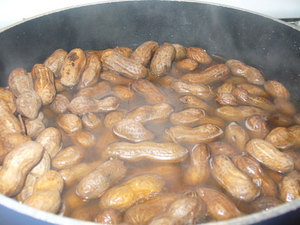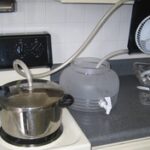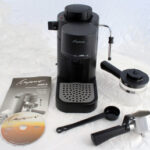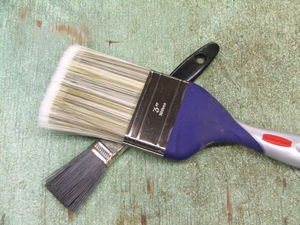You know it’s autumn, when you start to see the signs. Dripping paint by roadside stands spell out: “Boiled P-Nuts.” The cooler weather, the nutty smell, the rolling steam… it must be boiled peanut season. Whether you’re from the South or not, this delicious treat is perfect for snacking on while watching the game or tailgating or as an after-school snack.
Peanuts are actually legumes, not nuts at all. But they are still a favorite “nut” for many Southerners. Sometimes called “goober,” which comes from the African word “nguba,” the peanut is not just for PB&Js;, but is used in a variety of recipes from appetizers to desserts.
The History of the Peanut
Originally cultivated in Brazil, the peanut traveled to the South by way of Africa, according to an About.com article by Diana Rattray. Many recipes introduced into the U.S. came directly from the slaves in the South. In the 1890’s, George Washington Carver hit the scene and began promoting the peanut, since cotton was being destroyed by the boll weevil.
Peggy Trowbridge Filippone writes in her About.com article that Dr. John Kellogg (as in Kellogg’s Corn Flakes) created peanut butter in the 1890’s. He was a physician and encountered patients with poor teeth who were unable to chew meats. He needed to make a protein mush that was palatable. Mashed meat must’ve not gone over very well, and jelly’s favorite companion was born.
Americans enjoy so much peanut butter that more than half of our peanut crop is made into it and still the majority of what we eat has to be imported.
Peanuts have made quite a name for themselves, just how they are. In the early 1900s, Amedo (or Amedeo) Obici developed a way to automatically turn peanuts on the roaster, rather than having to hand-turn them, states Rattray. He began outselling his competition at his fruit stand in Wilkes-Barre, Pennsylvania. People liked his roasted peanuts so much, that he stopped selling fruits and, along with his brother-in-law, Mario Peruzzi, began to sell as the Planters Nut and Chocolate Company.
How to Boil Peanuts
green peanuts, raw and in the shell
water
salt
Put the peanuts – still in their shells – into a saucepan; add the water until the peanuts are floating. You can add a dash of salt at this point in the process, but be very careful not to over-salt. You can always add more salt when the peanuts are almost done. Bring to a boil. Reduce heat and simmer. You may need to add more water as the the peanuts cook. Continue simmering until they are the desired consistency. Some people like them firm. Others, like myself, enjoy them soft. Cooking time will vary. I like to put raw peanuts on to cook in the morning and leave them on all day. It will take a slow simmer all day to get the peanuts soft enough. According to Bill Neal in his book, Southern Cooking, “When done, the kernel should have swollen to fill the pod well and the taste of raw starch will have been dissipated.” You can eat them right out of the pot while they’re still steaming, or you can drain them and refrigerate them for later.
Boiled peanuts are tricky to eat, because the pod fills with juice. The best method is to hold one end, sticking the other in your mouth. Gently bite down to split the shell and drink the juice. Peel open the rest of the way and eat the nuts.
Enjoy!









